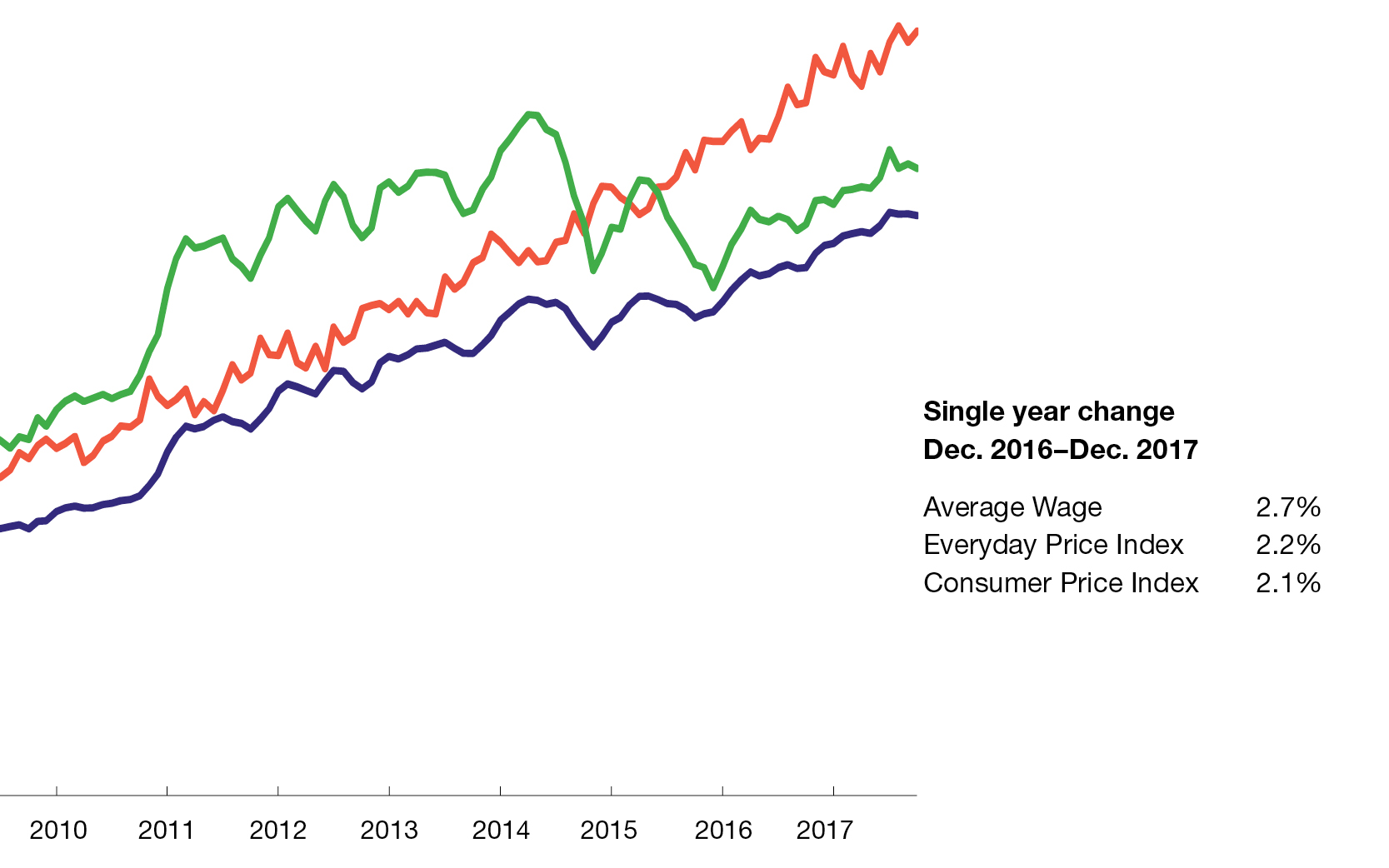Market-Based Medical Care for All
Uncertainty surrounding Obamacare and the Republican effort to reform its health-insurance rules has given an opening to those who want the government to be the sole payer of Americans’ medical bills. Referring to the single-payer plan called “Medicare for All” and to the repeal-and-replace Republican plan, Sen. Bernie Sanders, a former contender for the Democratic presidential nomination, said recently, “We are going to introduce it literally as soon as we’re through with this debate.” Today, Medicare, which is financed through payroll taxes and premiums, pays most medical expenses only for Americans 65 and older.
The first thing to notice about this proposal is an inconsistency in its advocates’ attitude toward monopoly. So-called progressive critics of the free market deride it (erroneously) for creating monopoly power harmful to consumers. But here they want the government to institute a single-payer system rather than allow competition.
They can’t have it both ways. If competition is good for consumers — and it is — why would a government monopoly of medical coverage be good for them? Progressives may believe medical care falls outside the laws of economics, but they give no evidence. Since competition is what Nobel Prize–winning economist F.A. Hayek called a “discovery procedure,” it is the universal solvent: in a world of dispersed and incomplete information, competition guided by prices and the profit motive maximizes the chance that entrepreneurs will come upon hitherto-overlooked solutions to our most pressing problems. We need it as badly in the medical sector as anywhere else.
Medicare for All advocates are unfazed by such arguments. Their mantra is that Medicare is more efficient than private insurance because profit-driven middlemen are removed.
This argument incorporates not only bad economics — profits and prices in the absence of government subsidies and impediments yield otherwise-unattainable information about the wisest use of scarce resources — but bad accounting: for example, when it claims that Medicare has lower administrative costs than private insurers do. In a recent article in The Hill, Gary Galles, an economist at Pepperdine University, notes that researchers estimate that Medicare’s administrative costs are only 3 percent of total costs. They estimate private-insurance administrative costs, reckoned as a percentage of premiums, at 11–14 percent. That difference looks impressive. “Unfortunately,” Galles writes, “those estimates involve multiple misrepresentations, leaving them unable to support the conclusions typically drawn.”
What sort of misrepresentations? Gauging Medicare’s efficiency as the ratio of total costs to administrative costs badly distorts the picture. According to Galles:
Medicare patients are far older and less healthy than the rest of the population, making health care costs far higher per person. But nonmedical administrative costs largely depend on the number of persons insured, not on medical expenditures. So the usual measure grossly exaggerates Medicare’s administrative efficiency and distorts the comparison with private insurance.
Before ObamaCare, medical expenditures per Medicare recipient were more than double that per younger insured person, making Medicare look less than half as expensive as it would look if costs were computed per person. In fact, Medicare’s reported administrative cost per beneficiary has been consistently higher than for private health insurance.
(For more on Galles’ point, see “Medicare Administrative Costs Are Higher, Not Lower, Than for Private Insurance,” by Robert Book.)
Moreover, it’s easy to make Medicare look efficient if you leave administrative costs off the agency’s budget. “For example,” Galles writes, “the IRS collects the taxes; Social Security helps collect Medicare premiums: and Health and Human Services helps with accounting and related concerns, as well as paying for building and marketing costs. Including those costs roughly doubles Medicare’s administrative costs.” Moreover, payroll taxes produce a drag on economic growth, and that cost to everyone is never attributed to Medicare. Thus, Galles concludes, “simply computing costs in per-person terms and including administrative costs that appear in other agencies’ budgets, Medicare’s reported four-to-one administrative cost advantage over private insurers disappears, taking the promise of a treasure trove of single-payer ‘found money’ with it.”
This only scratches the surface of the misleading accounting for Medicare. Today, insurance companies are much more the creatures of the regulatory state than the competitive free market. Thus they could be expected to be far more efficient if they faced the brisk winds of competition without the shelter of regulators. Even today, they are more efficient at delivering services than the government’s huge health care program.
No accurate picture of Medicare can be complete without acknowledging its fiscal imbalance, or unfunded liability. This is the difference between the amount of money Medicare is currently obligated to pay and its estimated revenue stream over the next 75 years. Michael Tanner, who studies health policy for the Cato Institute, wrote in 2015, “Medicare is in even worse financial shape [than Social Security], despite the fact that health care costs have slowed in the past decade. Economists debate whether the slowdown will continue, but even if it does, Medicare faces unfunded liabilities approaching $48 trillion. And, if we return to double digit health care inflation, we could see Medicare’s liabilities swell to more than $88 trillion.” Where will that money come from?
Derek Thompson of The Atlantic cautions that an unfunded liability should not be confused with debt because “unfunded liabilities are future promises, and, since they’re not as real, we can change them whenever we want without destroying ourselves. For example, raising the taxable income ceiling and slowing the growth of benefits could reduce the Social Security [or Medicare] gap to zero tomorrow.” He means the government could raise taxes or deliver fewer benefits than promised. But politicians can’t be counted on to cut benefits — seniors vote in large numbers — and, as economist Jeffrey Rogers Hummel notes, increases in tax rates do little to increase how much money the government raises as a percentage of GDP. The unfunded liability, therefore, is a fiscal threat.
In a fully competitive market, private insurers would be disciplined to serve consumers efficiently by the threat of bankruptcy. That is not the case with the government, which, alas, could reimburse doctors by printing money (and destroying the dollar’s purchasing power). So instead of extending Medicare to all, we should free the market and let it provide medical care to all.







